Drone technology enhances farming prowess by managing pests and crop disease. Discover the future of agriculture – efficient, precise, and sustainable farming.
Welcome to Drone Farm
We offer a comprehensive range of agricultural drone services. With years of experience, we’ve harnessed our expertise to deliver high-quality services to our clients. Our team provides full support at every stage. Choose us for top-tier Drone Farming experiences!

Contents
- 1. How effective is drone farming in pest management?
- 2. Drones used for precise disease detection
- 3. Incorporating drone technology for farming pests
- 4. Utilizing drones for efficient disease control
- 5. When should drone pest control be considered?
- 6. Pests and disease management using drones
- 7. Improvements in farming through drone technology
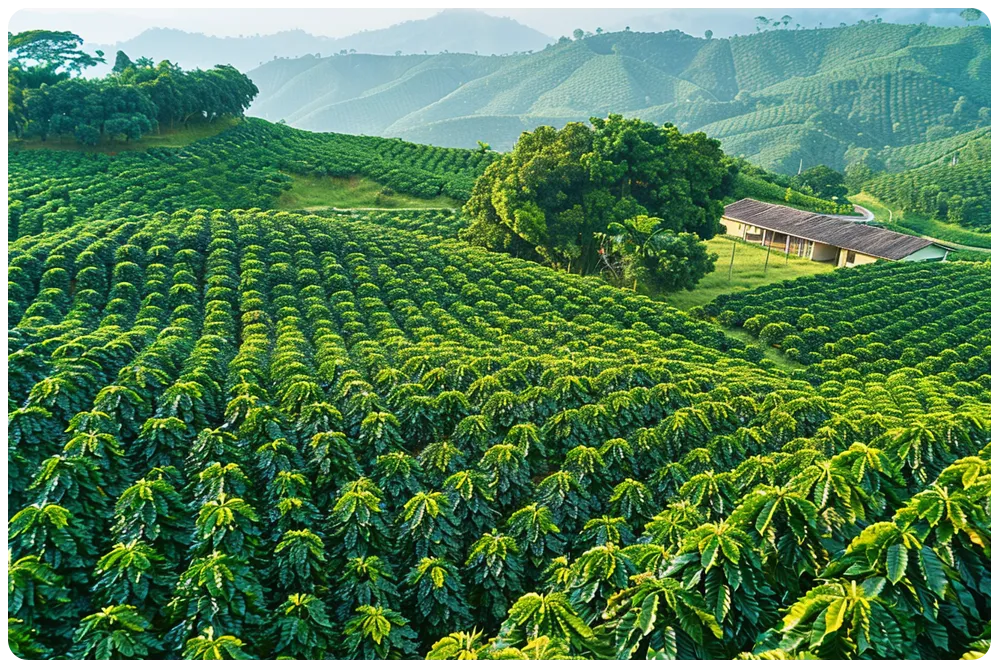
1. How effective is drone farming in pest management?
Welcome to our exploration into how a drone is reshaping the agricultural landscape, with a particular focus on pest management. Agricultural drones offer farmers a high-tech approach to enhancing several aspects of their operations. This chapter delves into the innovative application of drone technology in managing pests to optimize crop health and yields.
Understanding The Significance of Drone Farming In Pest Management
The advent of drone technology in farming unveils a new approach in controlling pests. A drone can easily survey large tracts of land, picking up signs of pest infestations far earlier than traditional methods. This early detection increases the odds of stopping a pest infestation before it can cause significant damage.
The Mechanism behind Drone Pest Management
A drone, laden with sensors, sweeps across fields, picking up images and data. Employing machine learning algorithms, signs of pests in crops can be detected by interpreting this data. Once an infestation is identified, a drone can accurately disperse pesticides, targeting only the affected areas, thereby minimizing exposure of chemicals to the surrounding environment.
The Benefits of Drone Pest Management
- Improved Efficiency: The agility and capacity of a drone to cover large areas quickly make them an efficient tool in monitoring pest activity.
- Precision Application: Spraying pesticides with a drone reduces waste and exposure, thanks to their targeted application.
- Cost-effective: Drone farming reduces the reliance on labor-intensive methods, thus lowering costs.
- Enhanced Data Collection: A drone’s sensors provide valuable data, aiding strategies to prevent future pest infestations.
Final Word
The need to produce more food while minimizing environmental impact makes the implementation of drone technology in farming a crucial step forward. In particular, the role of a drone in pest management is marked by increased efficiency, precision, and cost-effectiveness. Drone farming is not simply an alternative to traditional methods – it’s a powerful tool driving agriculture into a sustainable future.
2. Drones used for precise disease detection
Drones used for precise disease detection
As a vital tool in the toolkit of modern farmers, the application of a drone serves as an efficient and effective way to navigate the challenges posed by crop illness and infestation. Integrated with advanced imaging technology, drones offer a keen advantage in detecting crop diseases early and accurately.
With the advent of drone technology in agriculture, farmers can now:
- Monitor crop health in real-time and with exceptional precision.
- Identify potential threats swiftly, such as pest infestation or crop illnesses.
- Enhance disease management strategies through accurate data collected by the drone.
The Involvement of Drones in Disease Management
Unleashing the potential of drone technology, farmers can now employ holistic and innovative methods to combat crop diseases. Using thermal imaging and multispectral sensors, the drone can swiftly detect areas showing signs of stress or pathogens, even before they become visibly apparent. This aids in minimizing the damage by implementing control measures in a timely and efficient manner.
But how exactly is this achieved?
A drone glides over the field, equipped with sensors capable of capturing different wavelengths of light. The resulting data are then analysed to generate a ‘Normalized Difference Vegetation Index’ (NDVI), a graphical indicator for assessing plant health. The NDVI map helps identify regions with potential disease infestation, enabling farmers to take necessary action well in advance and thus securing crop health and farm productivity.
Efficient Farm Management with drones
Courageously taking on the challenge of maximizing crop production, drone technology proves to be an indispensable aid in efficient farm management. Not only does the drone provide valuable data for disease detection, but it also enables farmers to monitor crop growth, assess irrigation needs, and estimate yield predictions. As a result, drone technology accelerates decision-making, saving time and resources while maximizing the yield and productivity of the farms.
- Accurate disease detection minimizes crop loss.
- Real-time data assists in timely decision making.
- Precise monitoring promotes efficient use of resources.
Innovation at its best: Drone Farming Services
Integrating drone technology in farming is an investment in precision agriculture, optimizing farm management, and maximizing yields. With the drone effortlessly soaring above the fields capturing critical data, farmers can take farming operations to new heights. As an innovative ally, the drone is set to revolutionize farm management, proving that the future of agriculture indeed flies high!
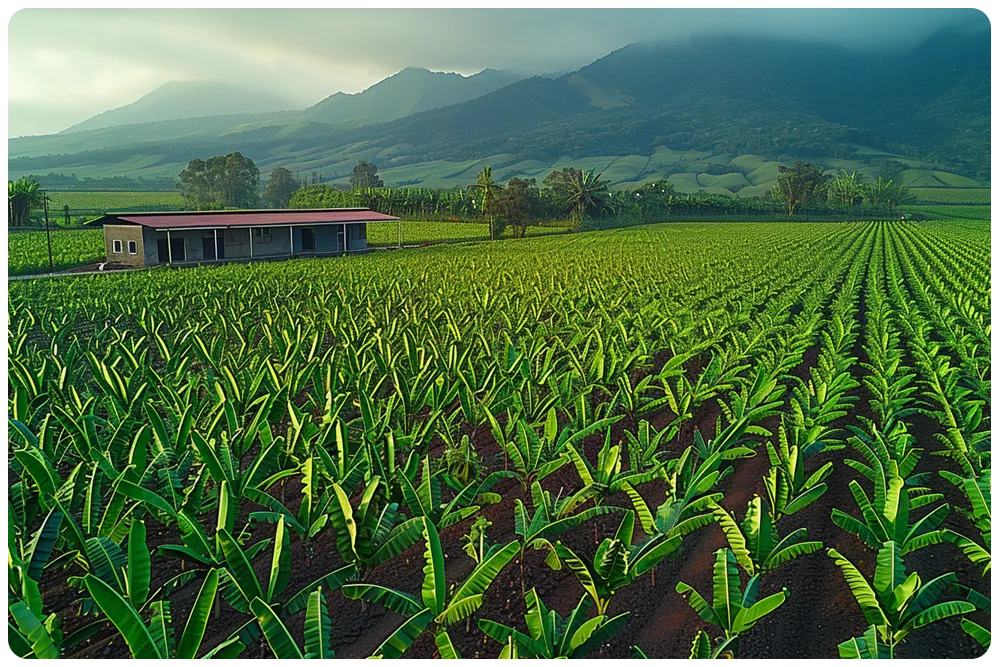
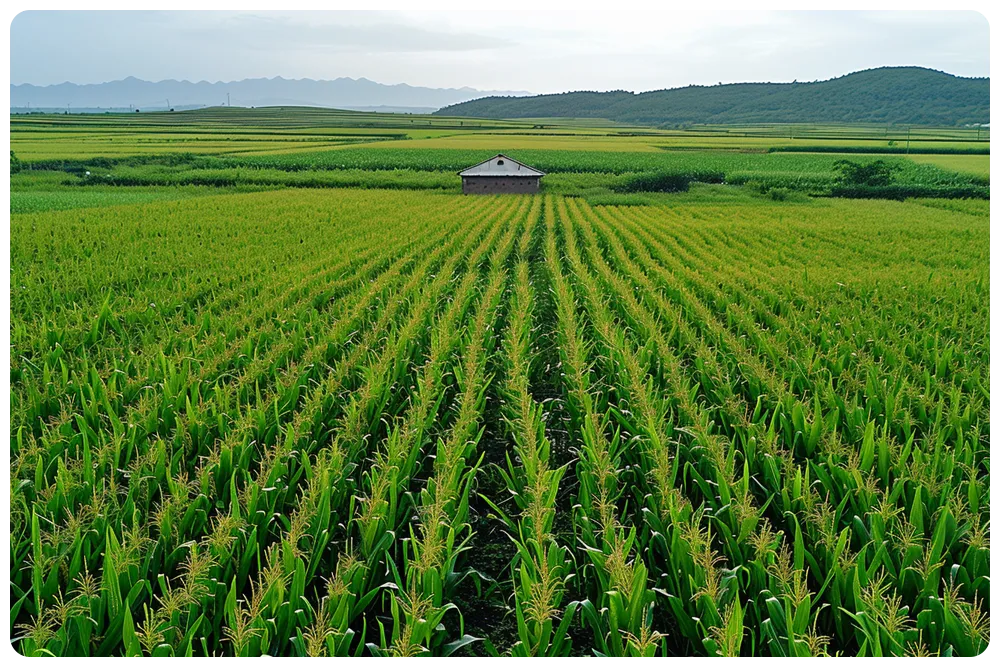
3. Incorporating drone technology for farming pests
Unleashing the Potential of Drone Technology for Pest Management in Farming
The realm of agriculture garners innovative strides with drone technology, elegantly weaving it into the tapestry of modern farming. An essential proposition of this advancement enhances pest control strategies, maximizing crop health and optimizing yield.Agricultural drones stand tall as the avant-garde arsenal in a farmer’s toolkit, revolutionizing traditional farming approaches. By scanning vast farm fields from above, the drone swiftly detects pests even before they inflict measurable damage, ensuring timely remediation.To understand the merging of drone technology and pest management, let’s unravel this step-by-step.- Disease Detection: The drone, decked with sophisticated sensors and cameras, begins its mission by hovering over the fields, capturing high-resolution images. These compelling visuals facilitate early detection of telltale signs of pest infestation, ensuring farmers promptly step in to avert significant crop loss.
- Data Processing: The drone then processes these images through robust data analytics applications. This system evaluates the health of crops by assessing specific markers, like color changes and plant density variations, indicative of possible pest attacks.
- Targeted Pest Control: Armed with this valuable intelligence, the drone capacities to execute precision spraying of pesticides strictly on affected areas. This strategic approach not only minimizes pesticide usage, beneficial for the environment but also maximizes pest eradication.
4. Utilizing drones for efficient disease control
Utilizing Drones for Efficient Disease Control
Welcome to our resource, dedicated to advancing your farming and agricultural practices through drone technology. This section focuses on harnessing the power of the drone as an indispensable tool in disease control within the farming sector. This strategic approach towards plant health signifies a substantial improvement in agricultural efficiency.
Drone technology, when employed effectively, is capable of optimizing crop health, enhancing field management, and reducing the impact of disease on farm productivity. A well-calibrated drone armed with advanced imaging technology can identify potential threats, allowing for early intervention.
Let’s take a deeper look at the process of mitigating crop illnesses with the help of a drone:
- Disease Detection: Drone first conducts a detailed survey of the crop field using aerial imaging, identifying irregular patterns or discolorations that might hint at a developing disease. The nuances detectable by drone technology far exceed what the human eye can discern.
- Analysis: The information captured by the drone is then analyzed through specialized software. This analysis enables the identification of the specific type of disease affecting the crops, providing detailed insights into its severity and spread.
- Targeted Treatment: Using the insightful data gathered and analyzed, the drone can carry out precise disease control measures. This could involve targeted pesticide applications or mapping areas for manual intervention, ensuring minimum wastage of resources and maximum disease control effectiveness.
- Monitoring and prevention: Periodic drone surveys allow for continuous monitoring of the field, ensuring early detection of new disease outbreaks and effective gestion of ongoing treatment plans. This proactive strategy can significantly reduce the impact and recurrence of crop diseases.
The utility of a drone in bolstering disease control measures is an elevator of farming efficiency and sustainability, offering nuanced detection and targeted treatment. So, if you’re considering adopting drone technology, remember, it’s not just about enhancing crop output, but equally about empowering effective plant health management. Remember, a disease-free field is the cornerstone for a bountiful harvest.
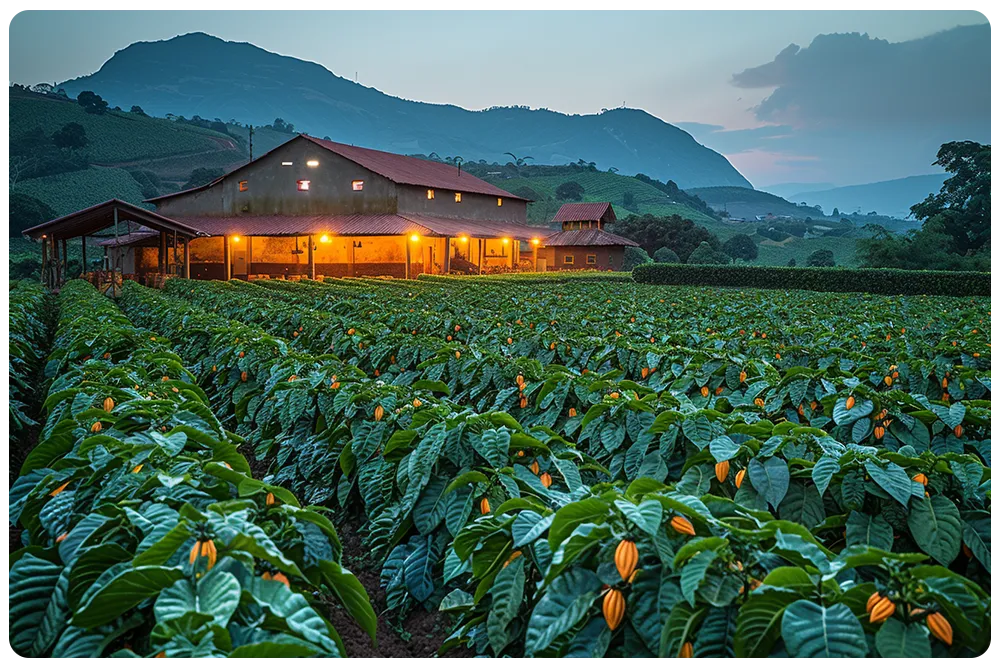

5. When should drone pest control be considered?
When to Consider Drone Pest Control for Intelligent Farm Management
The abundant advancements in technology offer a multitude of solutions for modern farming, and the application of an agricultural drone is certainly leading the pack. For a more efficient and scalable approach to farming, opting for drone technology can truly revolutionize how we deal with pests and diseases in our crops.Bridging the Gap Between Technology and Pest Control Pests and diseases pose a significant threat to crop health and yield. Traditional pest control methods may be cost-intensive and time-consuming, a scenario where a drone can be a game changer. Implementing drone technology can provide real-time findings about pest infestation levels, aiding farmers to target the treatment precisely where it’s needed.Unveiling the Optimal Timing for Drone Use
The question arises: when should you consider drone pest control? This query necessitates a seasoned understanding of pest life cycles, external environmental factors, and efficient drone operation. Here are a few important indicators that drone pest control might be your best bet:- Peak Pest Seasons: Drones can monitor fields during peak pest seasons, ensuring timely intervention and potentially saving crop yields from severe damage.
- Crop Illness Indicators: If you notice symptoms of crop illness, such as discoloration or stunted growth, drones can facilitate immediate and accurate disease detection.
- Large-scale Cultivation: If you manage large-scale farms, drone technology drastically reduces the effort and resources needed for manual field inspection.
Embrace the Future of Farming
In a data-driven era, leveraging drone technology in pest control can revolutionize the way we farm, simplifying processes, saving resources, and leading to more sustainable practices. With drone use, we can accomplish accurate diagnoses and treatments, and consequently, bolster crop health and yield. Drones are indeed a testament to how innovative technology can bridge the gap to creating efficient farming processes, ushering in a new age of precision agriculture.Remember, integrating drones into your pest control strategy isn’t about replacing traditional methods, but rather about enhancing them to secure higher productivity levels and positive long-term impacts on your farming operations.Honing in on the timely use of drone technology for pest control can ultimately turn the tide in favor of agricultural success. Let’s embrace this revolution and steer agriculture towards an increasingly prosperous future.6. Pests and disease management using drones
Pests and Disease Management using Drones
In the arena of farming, the utilization of drone technology has been revolutionary. An area where this technology stands out marvellously is pest and disease management. Let’s delve into how drones can help farmers in managing pests and diseases, hence, enhancing overall crop health and productivity.
1. Monitoring crop health:A drone enabled with high-resolution cameras and multispectral sensors can deliver detailed aerial images of the crop field. This information can help identify unhealthy plants, thus early diagnosis of disease or pest infestation is possible.
2. Spraying Pesticides:Instead of blanket spraying of pesticides, a drone can spray selectively only on affected areas, reducing the cost and environmental impact of excessive pesticide use. In addition, drones can also reach areas that are inaccessible by traditional machinery.
3. Quick Response:With the help of a drone, the time taken to detect and respond to a disease outbreak or pest infestation significantly reduces, which is instrumental in limiting crop damage.
4. Drone Mapping:A drone can also create a digital elevation map of the crop field, helping in understanding how the topography might influence the spread of diseases or pests.
Increasingly, drones are becoming an indispensable tool in modern farming. They not only enhance productivity but also make farming eco-friendly and cost-effective. As a farmer, integrating drone technology into your farming practices can lead to healthier crops, larger yields, and more sustainable practices. So, consider using a drone for your farming needs today!

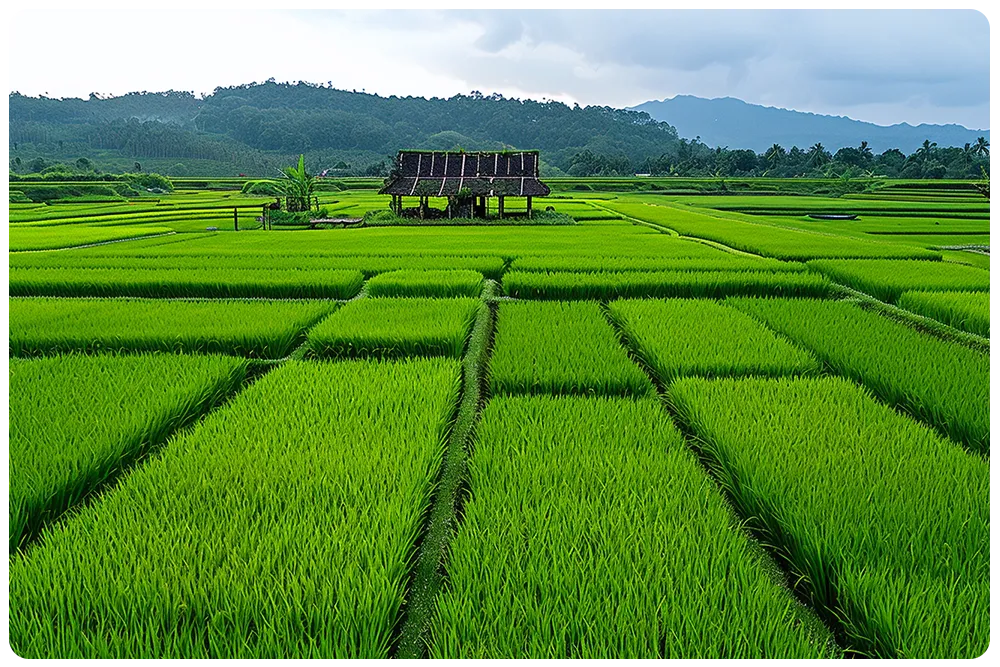
7. Improvements in farming through drone technology
Welcome to our comprehensive guide on how drone technology enhances farming practices. In this section, we zero in on the multi-faceted functions of drone technology to boost agricultural efficiency, specifically focusing on strategies for pest and disease control.Drones or unmanned aerial vehicles (UAVs) seamlessly combine technology and agriculture, paving the way toward more robust and efficient farming. They provide a fascinating perspective on your agricultural needs, providing actionable insights right at your fingertips. The process of introducing a drone into your farming operations streamlined and straightforward.Step 1: Consideration
Start by contemplating your agricultural needs and challenges. Identify where you face difficulties in managing farm activities, whether it’s pest surveillance, plant health monitoring, or even optimizing irrigation.Step 2: Exploration
After you have clearly defined your challenges, delve into the wide spectrum of solutions a drone can offer. It’s crucial to choose a drone specifically tailored to agricultural applications to ensure its features align with your requirements.Step 3: Procurement
Next, move on to purchasing the appropriate drone. Numerous specialized vendors offer agricultural drones loaded with features like multispectral imaging, thermal sensors, and flight planning software.Step 4: Implementation
With your agricultural drone ready, it’s time to put it to work. Start by deploying it to take aerial surveys of your land. The drone captures images in real-time, providing a macro perspective that helps detect pests and crop illness much earlier than traditional ground surveillance would.Step 5: Analysis
The drone collects extensive data from its aerial missions. The next step involves analyzing this data to optimize your farming operations comprehensively. The data can reveal patterns and discrepancies, helping develop strategies for irrigation, yield prediction, and pest management.Over time, the implemented drone farming practices can lead to increasingly healthier crops and improved yields, truly proving the value of drone technology in agriculture. The main goal is to minimize the adverse effects of pest infestations and crop illnesses, which can cause significant financial loss and impede farm productivity.Incorporating drone technology into farming practices suggests a more precise and smarter approach to agriculture — an approach that’s geared to adapt to the changing global environment and catapult farming into the future. Through meticulous monitoring and data analysis, you can make informed decisions and employ strategies with precision, fostering a more efficient and productive farming landscape.